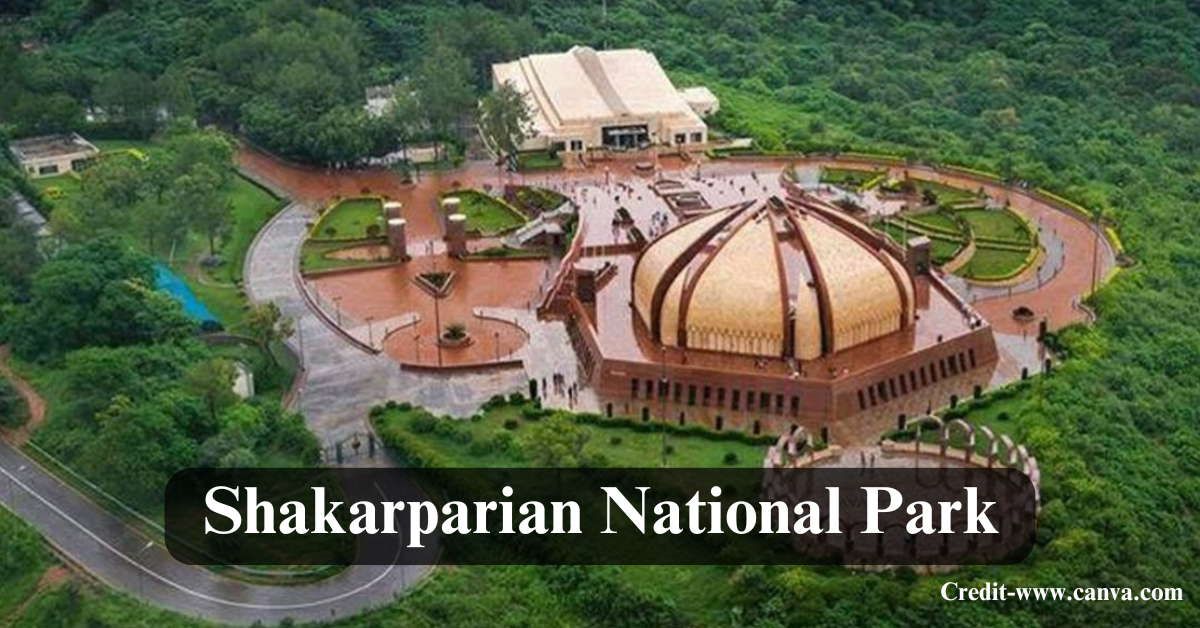When you tire of your regular schedule and seek a different sort of break inside Islamabad, Shakarparian National Park offers a good option. This park sits on a hill – it brings together nature, culture, exercise along with wildlife, all without a trip outside the city. The area is calm, green, and holds many unexpected features. We will look at what sets this place apart from a common picnic area.
Table of Contents
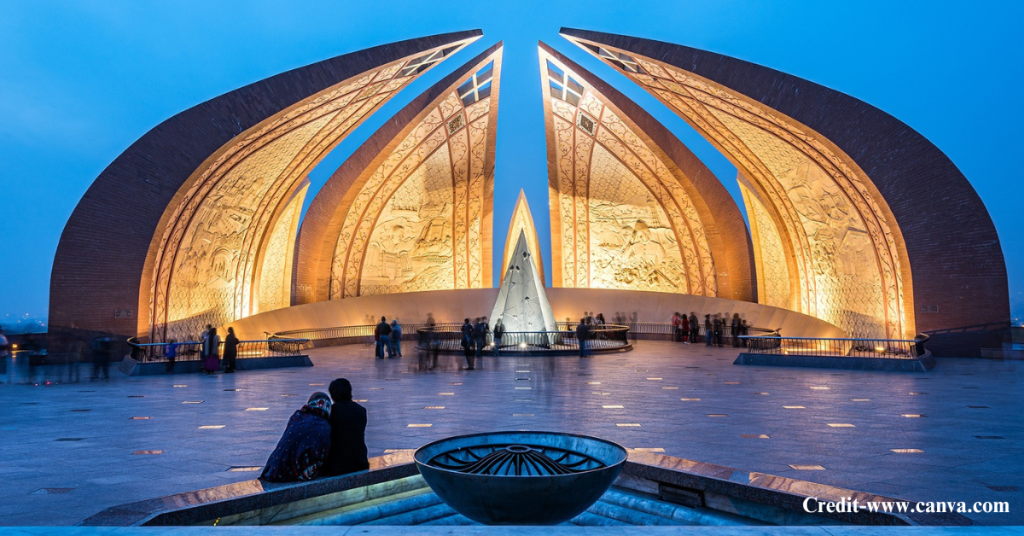
Where Is It & Why It Matters
Location: Right off the Zero Point Interchange, on the western side of the Margalla Hills. You’ll see it while driving into Islamabad—it’s that raised green ridge that seems to watch over the capital.
The area measures about 350 acres – it sits at a height of approximately 609 meters, or 1,998 feet, above the sea. The size suits a full-day visit.
Started: Developed in 1960–61 as part of Islamabad’s original setup. The local Gakhar tribe was moved to make space for this planned green zone.
Managed By: Now officially part of Margalla Hills National Park since 1980, and looked after by CDA and Islamabad Wildlife Management Board.
Why it matters: It’s one of the oldest green areas built right into Islamabad’s setup. It keeps the city breathable and is loaded with history.
A Bit of History—It’s Not Just a Pretty Hill
Before it became a park, Shakarparian was home to tribal communities, especially the Gakhar families. These people had deep roots in the area. In the early 60s, they were relocated when the capital was being built, and Shakarparian was chosen as a green zone.
Over time, the place turned into a center for national events and gatherings. On March 23, the Pakistan Day Parade happens at the Parade Ground below the hill. This event presents air shows, army marches, and cultural acts. A significant moment takes place each year.
Nayyar Ali Dada, a respected architect in Pakistan, planned the park’s modern design plus layout. His work gave the park cultural and scenic value.
What You’ll Enjoy Seeing Here
Pakistan Monument & Museum
The Pakistan Monument is shaped like a flower petal. It’s built to show unity among the four provinces and the smaller regions. At the top of the hill, it’s also one of the best selfie and skyline photo spots in the city.
The museum inside talks about Pakistan’s history, independence movement, key leaders, and significant moments. If you’ve never been big on museums, this one might change your mind.
Lok Virsa Heritage Museum
Walk a bit further and you hit Lok Virsa. This isn’t your regular museum—it’s more like a journey through Pakistan’s different cultures. You’ll see:
- Folk music
- Handicrafts
- Tribal dresses
- Regional history
You might even catch a live performance or an artisan at work. Kids and tourists love it.
Rose & Jasmine Garden
This section is floral heaven. It has:
- Well-kept flower beds
- A jogging track
- Cafés for snacks
- Family-friendly picnic spots
You’ll want to bring your camera here. The garden blooms heavily in spring, especially from March to May.
Jogging Trails and Scenic Terraces
The park has several walking paths and cemented jogging trails. You can walk or run while enjoying views of:
- Islamabad city
- Rawal Lake
- Margalla Hills
The high terraces stay calm, particularly in the early morning or when the sun rises. People use the terraces for yoga or meditation – they sit there and ponder.
Friendship Garden
This is a quieter corner. World leaders visiting Pakistan have planted trees here. Each tree has a plaque with the name and date. It’s like a mini international guestbook.
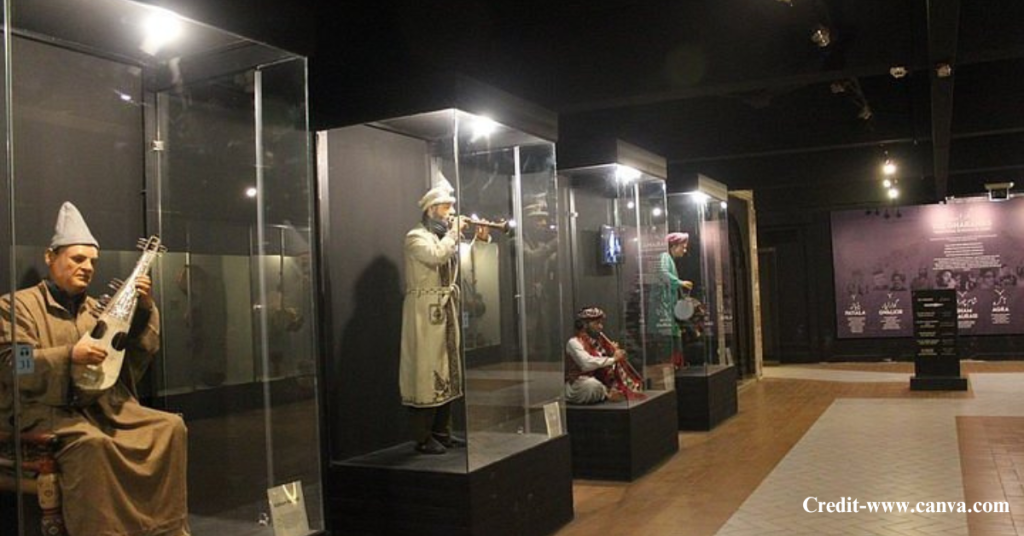
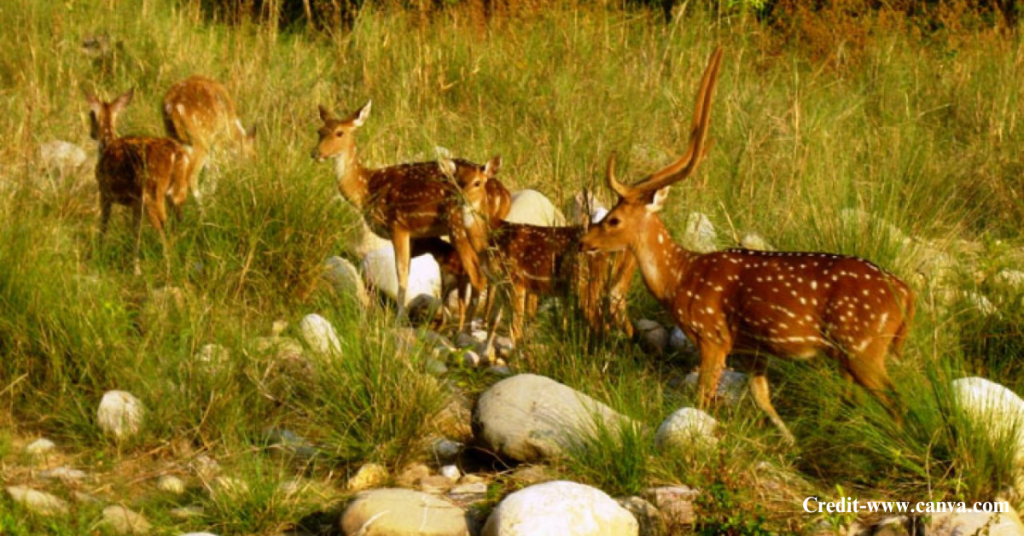
Wildlife and Nature—The Stuff Most People Miss
A 2014 survey shows that 155 animal types live at Shakarparian. Few people who come to the area know this fact. The place holds 23 mammals, 104 birds, 22 reptiles, and six amphibians.
Golden Jackals move early in the morning and at dusk. People sometimes hear them before they appear. Indian Crested Porcupines travel at night. People do not easily see them, but they leave quills. Eagles and kites remain in the area. Migratory birds also arrive in spring plus autumn. Small hunters, such as foxes, jungle cats, and civets, stay near the forest’s border.
The area is not just a green park, but it also houses animals. When you take binoculars, you will see more than just crows.
What You Can Do in a Day
Jog, Walk, or Meditate
- Early morning walks are the best.
- Paths are clear and wide.
- You’ll spot locals doing yoga, walking dogs (only in certain areas), or jogging.
Put a picnic by the Rose Garden, or find a bench along the paths. Pack a mat, some snacks, and water. You can also stop at 1969 Café or Yogi Haus.
For the sunrise, you can get there at about 7 AM. The golden hour at night goes from 5:30 PM to 6:45 PM. The soft light helps you take good photos.
The early hours offer the best time to watch birds and spot wildlife. Spring brings more birds. Watch quietly and stay off wild paths.
Visit the Pakistan Monument Museum in addition to Lok Virsa between 11 AM plus 4 PM. Entry fees are small. Both places allow easy walking.
Visitor Tips & Handy Info
Timing
The property opens every day – it generally begins at sunrise and closes at sunset. This usually means it starts at eight in the morning and closes at seven in the evening. There is no charge to enter most areas. However, collect small fees for tickets.
Location
To reach the property by metro, get off at Pakistan Secretariat. From there, walk uphill for about fifteen minutes. Cars can use the parking lot without paying, but it fills quickly on weekends. Rickshaws or taxis charge around 200 to 300 PKR if you come from the city sectors.
What to Pack
- Water bottle
- Cap/sunglasses
- Sunscreen
- Light snacks
- Binoculars (optional)
- Warm clothes (for winter visits)
Best Times to Go
- Spring (Mar–May): Flowers, great weather
- Early Summer (May–June): Cool evenings after 6 PM
- Winter (Dec–Feb): Peaceful, clear skies, but wear layers
Help Keep It Beautiful
This park is more than just a visitor place—it’s part of Islamabad’s lungs.
Problems It Faces:
- Trash piles during public events
- Unplanned construction
- Invasive plants like Lantana camara are harming native trees
How You Can Help:
- Pick up your trash—don’t rely only on bins
- Stay on trails; don’t walk through bushes
- Report anything wrong to the CDA staff
- Join local cleanup drives on weekends
Being a good visitor keeps it awesome for everyone.
Missed Details Most Blogs Don’t Mention
Most guides mention a picnic area, a monument, or a garden. This guide goes further.
The wildlife data contains facts. The 2014 ecological survey shows real numbers.
Birds migrate in the spring and in the fall; they fly in from February to April. They also fly in from September to October.
- Human Stories: Like how a jackal was once spotted at sunset on the museum trail—real stuff locals talk about.
- Event Planning: Local tree-planting drives and cultural shows often happen unlisted—follow CDA social media.
- Student Projects: Many universities use this park for environmental studies. That’s how important it is.
Sample Day Itinerary
- 7:00 AM: Arrive, walk up the hill, breathe in the morning air
- 7:45 AM: Jog or walk on the fitness paths. Watch the sunrise if you’re lucky.
- 9:00 AM: Visit the Pakistan Monument and take skyline photos
- 10:00 AM: Breakfast break at 1969 Café or bring your own
- 11:00 AM: Tour the Lok Virsa Museum
- 12:30 PM: Walk to the Friendship Garden, read plaques, and relax
- 1:30 PM: Lunch under trees near the Rose Garden
- 3:00 PM: Go birdwatching near the wooded areas
- 5:00 PM: Chill on the terrace for sunset
- 6:30 PM: Head home with a memory card full of great shots
FAQs
Q: Are pets allowed?
Regarding pets, animals do not typically enter this location. A few trails let dogs walk along them, but animals and people must stay safe.
Q: Do you know if I can fly a drone here?
Regarding drones, people may not fly a drone here. The area holds national heritage status, so drones lack permission.
Q: Wheelchair friendly?
Regarding wheelchair access, the area is somewhat friendly. The main paths near museums and cafes feel smooth. Trails do not lie flat.
Q: Is it safe to go alone?
During the day—yes. After dark—not recommended.
Q: Are there public toilets?
Yes, near cafes and monument area—but carry tissues and sanitizer.
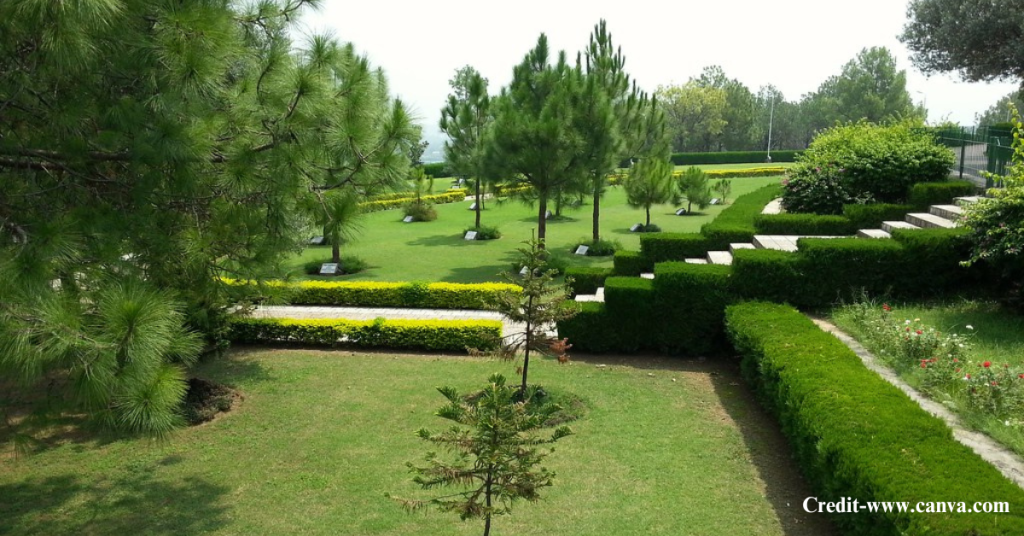
Final Thoughts
Shakarparian offers more than a simple visit. The place serves as a learning area, a route for exercise, a spot to watch the sunset, and a refuge for animals. Islamabad contains many pleasant locations, but this one holds many different aspects. One finds history, nature, and beauty along with quiet there.
Please don’t just come for a quick stop. Spend time there. Arrange your visit well. Get up early, walk around, and observe your surroundings. This area shows Islamabad at its most authentic and calm. The next time a person asks where to go, suggest: “Let’s visit Shakarparian.”

